Humans news stories

Traditionally, scientists believed the Iberian hinterland to be a no-man’s land, avoided by Homo sapiens until about 19,000 years ago when the ice sheets of the Last Glacial Maximum—the period when ice sheets were at their greatest extent—retreated. However, recent research has been telling a different story.

Detroit has joined the growing number of cities and states that have decriminalized entheogenic plants and fungi, more colloquially known as “magic mushrooms” and psychedelics.
Image from Magic mushrooms (Wiki Commons)

The connection between human and dog runs deep. Early signs of domestication date back to 33,000 years ago… The pairing makes for a striking case in coevolution — no other species has been so thoroughly integrated into human society. Dogs are our sentinels and shepherds, hunting partners and cancer detectors. And more importantly, to those of us who have had dogs in our lives, they are our dearest friends.

A new ancestor of modern humans with the potential to rip up the family tree has been tentatively named.

Nearly 50 miles (80 kilometers) of the Chilean coast are covered with oblong fragments of desert glass that researchers who recently studied them say came from a comet’s explosion over the Atacama Desert about 12,000 years ago.
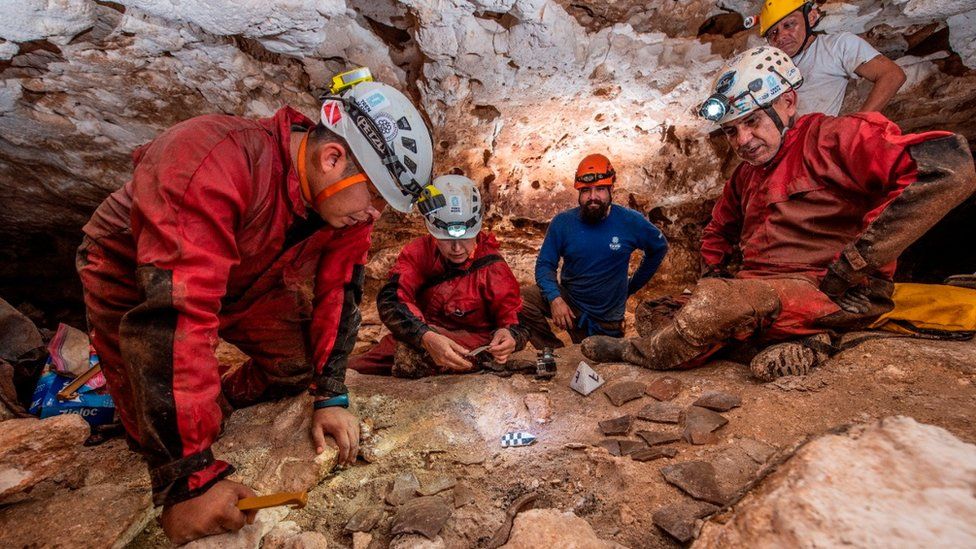
Archaeologists have discovered a wooden Maya canoe in southern Mexico, believed to be over 1,000 years old.

An asteroid about the size of a refrigerator shot past Earth last week, and astronomers didn’t know the object existed until hours after it was gone.

Scientists have begun to examine whether the psychedelic drug psilocybin… can help people who feel insecure in their attachments to others. Their preliminary research, published in ACS Pharmacology & Translational Science, suggests that psilocybin-assisted psychotherapy might help to reduce attachment anxiety.
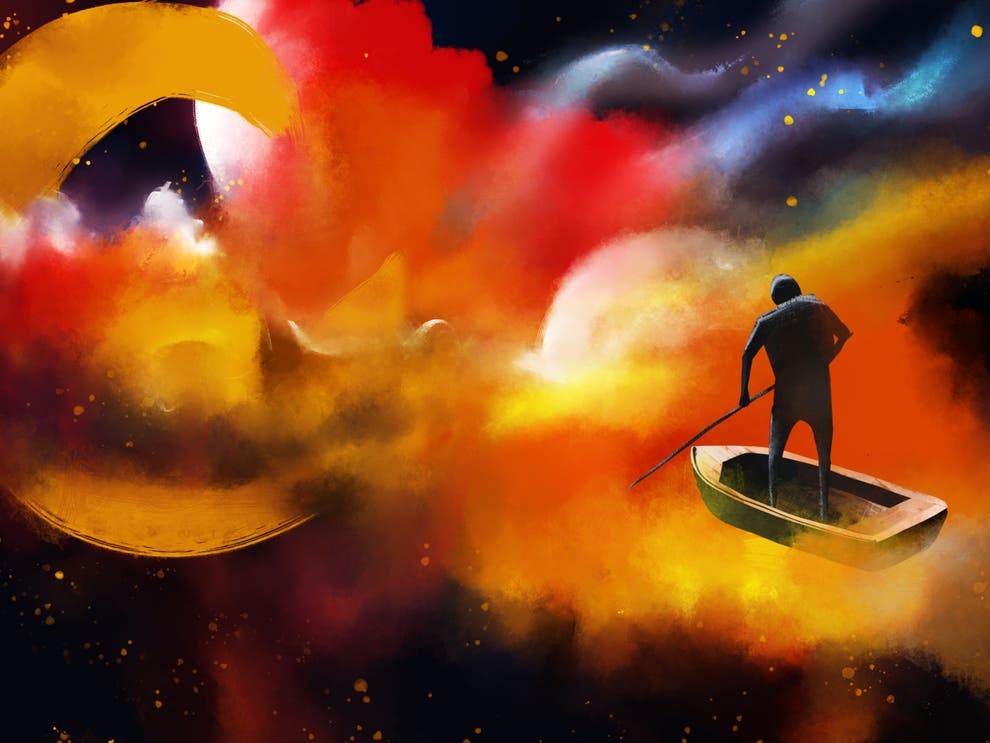
Research from Johns Hopkins and NYU suggests that psychedelic drugs can significantly reduce pain and distress for those with terminal illnesses. As the British government faces calls to reschedule these substances, Kevin E G Perry talks to some of those who’ve already chosen to take the trip

The proliferation of ketamine clinics around the country could offer a model for other psychedelic therapy clinics in the future. Here’s what it’s like on the inside.

The species lived in Africa about 500,000 years ago, during the Middle Pleistocene age, and was the direct ancestor of modern humans, according to scientists. The name bodoensis derives from a skull found in Bodo D’ar in the Awash River valley of Ethiopia.
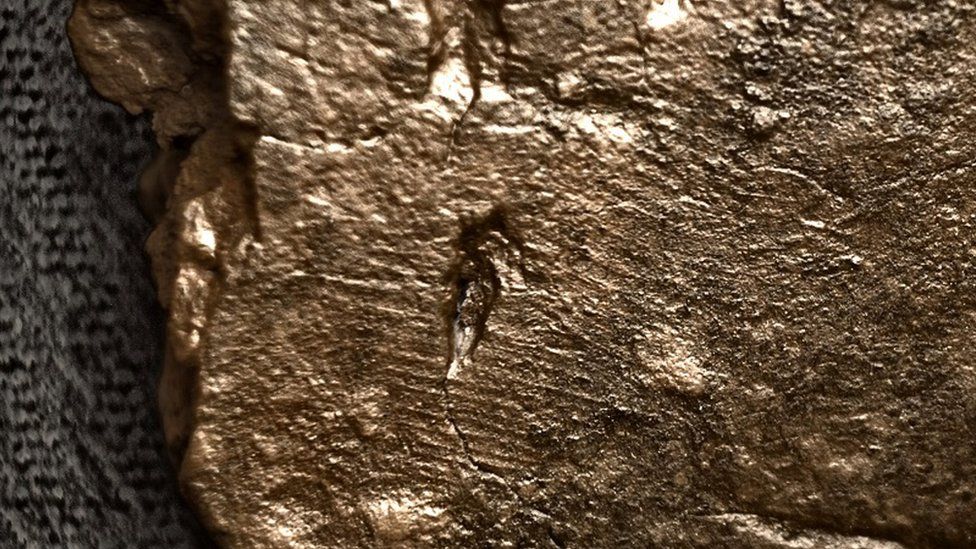
Archaeologists believe fingerprints on fragments of clay found in Orkney were left by experienced potters and their young apprentice 5,000 years ago.
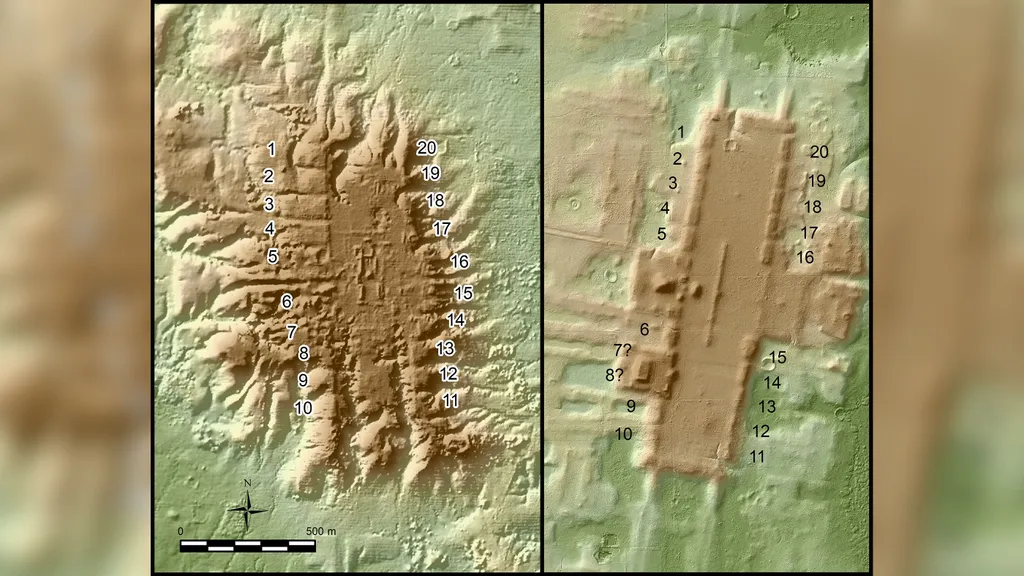
Ancient Central American people may have designed their cities around an early iteration of the Maya calendar.
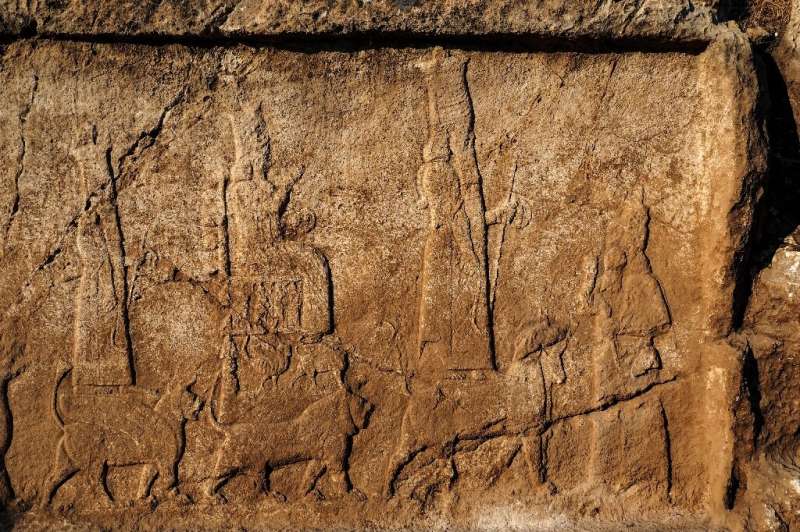
Archaeologists in Iraq revealed Sunday their discovery of a large-scale wine factory from the rule of the Assyrian kings 2,700 years ago, along with stunning monumental rock-carved royal reliefs.

Mammoths and other giant creatures of the Ice Age such as woolly rhinos survived longer than scientists thought, coexisting with humans for tens of thousands of years before they vanished for good. That’s according to the results of an ambitious 10-year research project that analyzed DNA from hundreds of soil samples across the Arctic.
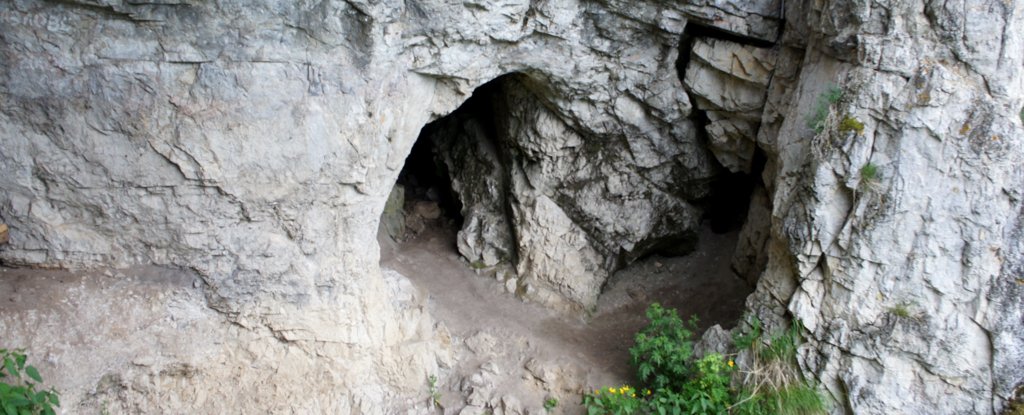
Nobody knows who she was, just that she was different: a teenage girl from over 50,000 years ago of such strange uniqueness she looked to be a ‘hybrid’ ancestor to modern humans that scientists had never seen before.








